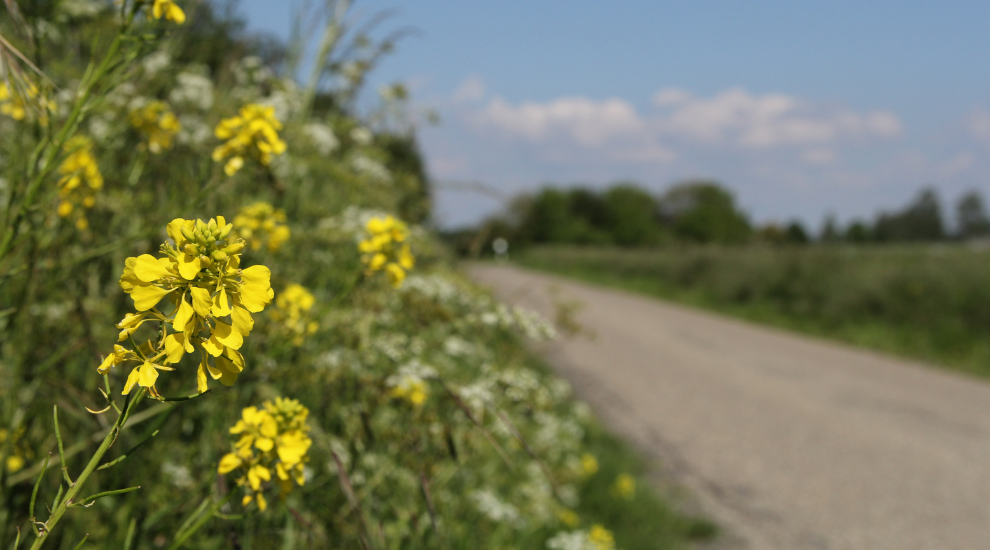Road and rail owners and managers are responsible for a vast quantity of ‘waste’ land – embankments, verges, roundabouts, etc.. Many public authorities are under pressure to address the biodiversity loss associated with infrastructure construction and this ‘waste’ land has the potential to counter such loss and indeed to enhance the biodiversity of a locality.
Linear infrastructure such as road and rail has unique potential to connect habitats in the landscape. This can be negative – e.g., spreading alien invasive species – but it can also be positive, by connecting good quality fragments of habitat in the landscape. Connecting habitats increases resilience, reducing the risk of local extinctions due to natural phenomena such as animal diseases.
Road and rail verges can be harsh environments, though there are species that thrive in such conditions. They are generally disturbed by traffic and larger species such as deer or wild boar can be a safety hazard. However, there are many plants and smaller animals (e.g. butterflies, bees) that do not pose a risk to safety and which can do very well in a verge. Great Pignut (Conopodium majus), for example, is a rare plant that now only grows in road verges in Hertfordshire.
Biodiversity is about the number of different species so a greater variety of habitats (wet and dry, nutrient rich and poor, etc.) will increase biodiversity locally. However, some species are more ‘valuable’ than others because they are rare or threatened in the region or nationally. It is therefore best to focus on red-listed or amber-listed species, that have been identified after careful consideration of these issues. In general, it is best to focus on strengthening what is locally important. If an area has a red- or amber-listed species that is not sensitive to traffic, the verge can sometimes play an important role in strengthening the population and making it more resilient. Verges tend to be dry and can be partially contaminated so the focus should be on those species that are suited to these conditions.
Verges are managed, i.e., the vegetation is cut periodically. As such, they can be considered a ‘semi-natural’ habitat, similar to poorly managed farmland. There have been great declines in farmland species such as birds over the past 20 years due to the intensification of agriculture. Verges have the potential to reverse this trend to some extent, by providing an approximation of semi-natural habitat. Much of this is about removing the grass cuttings. If the cuttings remain in place, the land tends to become nutrient rich over time. By removing the cuttings, the land’s nutrient levels can be reduced over time, creating a so-called wildflower meadow and enhancing its value for biodiversity.
We hear a lot of bad news about biodiversity but road/rail verges can be part of a good news story. With a few small changes in management practice, verges cab gave a strong positive influence – enhancing what is special locally, connecting habitats and making some valuable populations more resilient. So, what used to be thought of as waste land can play a really important role in enhancing the biodiversity of an area.


Recent Comments